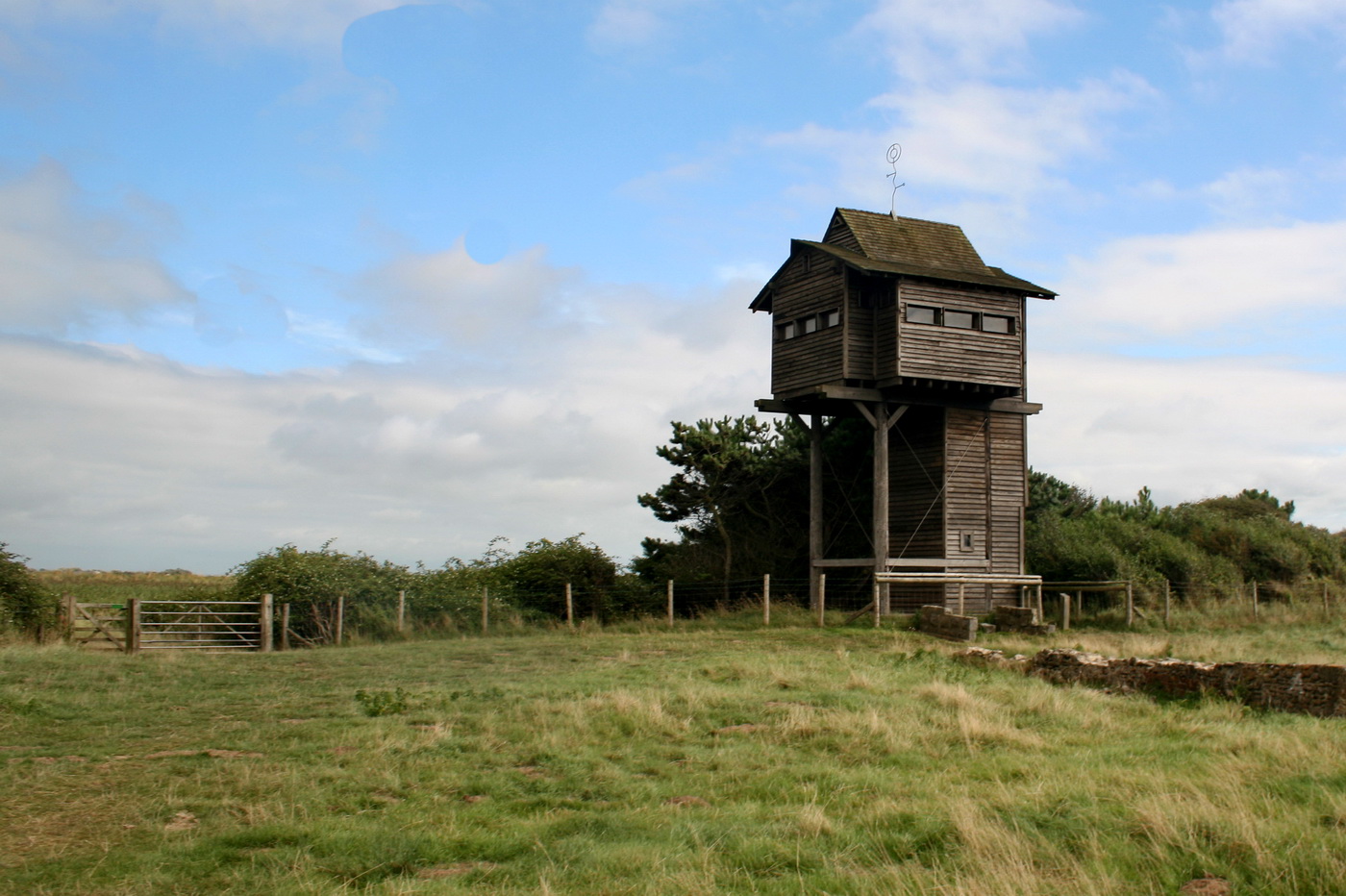

Today the Bristol Channel separates Somerset from Wales, 8000 years ago the two areas were joined. Stert bird Hide sits on the edge of this intertidal landscape, an area landscape by salt marsh and small pools of water. The mouth of the River Parrett curves around to the north of the hide and there are amazing views southwards towards the Quantock hills and Hinkley Point power station and west towards Wales. The hide takes its name from the hamlet of Steart and the place name of Stert is given to a small island in the Parrett estuary and to the wide extensive mud flats to the north.
This is an evolving landscape. In the early 1900s the area was planted with a pioneering species of cord grass that trapped mud in its leaves, creating Somerset’s largest area of saltmarsh. This area is an internationally recognised area for nature conservation and is Site of Special Scientific Interest managed by English Nature. The salt marsh is home to a myriad of life that feeds Stert’s premier attraction, its birds. There are extensive mud flats and some shingle ridges giving a wide range of flora and fauna. The area towards the mudflats can be very dangerous and visitors are advised to keep to the main footpaths.
The Bridgwater Bay nature reserve is an important migration base for many wildfowl and wading birds in the summer. During winter these birds return to warmer climes, but many more are resident all year. Around 190 bird species have been recorded within the area from shelduck to skylark and curlew to kestrel.
The nature reserve has a number of hides (large wooden huts with seats and windows) from which nature lovers can look out across the flats. A wooden tower hide allows visitors a vantage point usually only enjoyed by the birds themselves. The area is covered in bright yellow horned poppies and sheep graze the grass on the reserve.
Stert bird hide managed by English Nature, offers a chance to get close to nature, although good binoculars will enhance the experience. It can easily be combined with a trip to Cannington Gardens, Blenheim Park or the Quantock Hills.